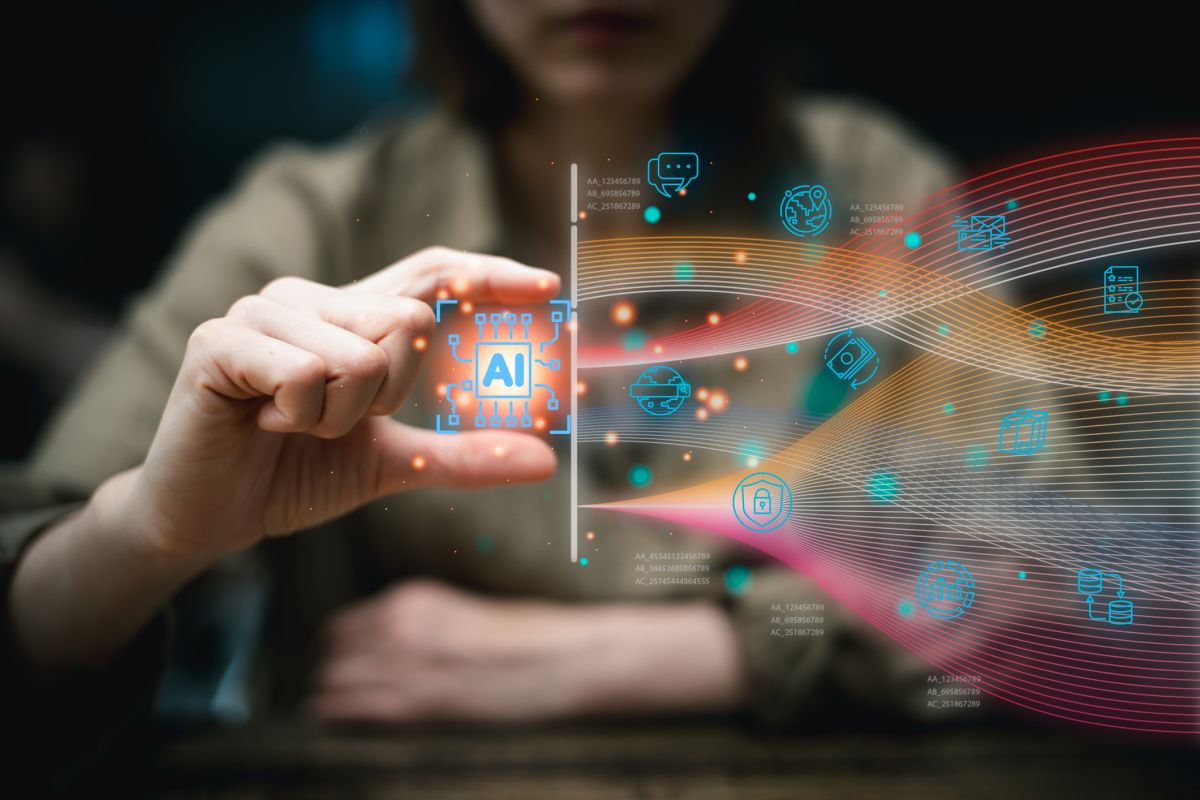
AI is a Power Tool, Not a Pink Slip
Progress tends to make people uneasy and is often met with resistance. Even something as seemingly innocuous as the introduction of writing more than 5,000 years ago drew criticism that it would diminish memory and other cognitive abilities. At the time, Socrates argued that writing was a tool that created the illusion of understanding without true knowledge.
Today, similar skepticism surrounds artificial intelligence, intensified by anxiety over widespread job loss. But the purpose of AI is not to make humans obsolete. Like writing, which documented knowledge and boosted our capacity to learn, create, and solve problems, AI is also meant to amplify human productivity and potential.
A Historical Tug-of-War: Disruption vs. Creation
History shows that while new technologies inevitably eliminate some jobs, they also create entirely new categories of work. Research from MIT economist David Autor published in 2024 highlights that 60% of U.S. workers today are in occupations that didn’t exist in 1940.
The shift is not a straightforward swap and the debate centers on whether technology has created more jobs than it has replaced. The research on AI’s impact is mixed. Some studies show near-term displacement, especially for entry-level and task-heavy roles, while others find that AI augmentation raises productivity and headcount.
On the displacement side, MIT’s Autor notes that since 1980, automation has eliminated more jobs than its generated. Additional work from the Federal Reserve Bank of St. Louis finds larger increases in unemployment rates between 2022 and 2025 for occupations with higher AI exposure, with computer and mathematical fields hit hardest. Stanford’s Digital Economy Lab similarly reports a 13% relative decline in employment among early-career workers in occupations highly exposed to AI.
However, PWC’s 2025 Global AI Jobs Barometer finds no evidence of a net decline in jobs. Instead, the report says job numbers and wages are rising in virtually every AI-exposed occupation, including roles considered highly automatable. Further, a study from Georgia State University, as well as the Digital Economy Lab study, show that when AI is used to augment human workers, it leads to greater productivity and more hiring.
The Human Advantage: Where AI Falls Short
AI is a powerful tool, but it is still a tool. It struggles with work that requires structured reasoning and judgment, such as strategic planning or complex decision making. It can’t set goals or understand the bigger picture of what it is doing or why. AI also lacks emotional intelligence, making it incapable of the empathy needed for effective leadership, customer interactions, and relationship-building.
Perhaps AI’s most profound limitation is its fundamental lack of creativity. While AI can process and reconfigure existing information, it cannot produce truly novel ideas because it lacks real-world experience to draw from. Even when large language models (LLMs) generate promising concepts, these ideas often fail in practice, what researchers call the ideation-execution gap. Breakthrough innovation comes from human creativity, not an algorithm. This isn’t a weakness of AI, but rather a validation of the human advantage.
The AI Backfire
Without innovation, progress stalls. As a result, many companies that rushed to replace people with AI have come to regret it and are now reversing course by rehiring workers to stem the decline in quality, creativity, and customer satisfaction.
While using AI to replace workers can be an efficient, cost-cutting measure in the short term, it also poses a significant long-term risk. A recent Forbes article discusses how eliminating entry-level positions drains the future talent pool. By outsourcing junior tasks to AI, companies are removing the training ground for future leaders while losing the fresh perspectives of young employees. It’s likely this trend could also prove regrettable as these unintended consequences become more evident.
The True Purpose of AI: Augmentation and Productivity
AI excels at tasks that overwhelm human capabilities, such as rapidly processing and analyzing vast datasets, identifying subtle patterns, and summarizing information at scale.
When humans and AI work together, the results can surpass what either could achieve alone.
The key is to apply AI to solve specific problems. For instance, at IG Labs™, one of the ways we are using LLMs is to assess vulnerabilities in container images and applications. This allows an analyst to quickly identify genuine threats without spending hours on research that could ultimately turn out to be futile. The LLM doesn’t replace the analyst; it supports them at a critical point, augmenting their expertise while dramatically increasing productivity. Think of it as AI spotting the needle (or lack of a needle) so the analyst doesn’t have to sift through the entire haystack.
Embracing the Future of Work with AI
The fear of replacement is understandable, but it is ultimately misplaced. AI is a tool designed to make work easier with better outcomes. By embracing it as a partner, it helps people reach new levels of productivity and innovation.
The real risk isn’t the technology, but the failure to adapt to it. As NVIDIA CEO Jensen Huang said earlier this year, “You’re not going to lose your job to an AI, but you’re going to lose your job to someone who uses AI.”